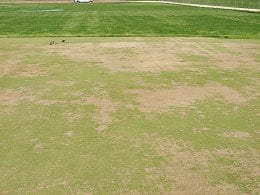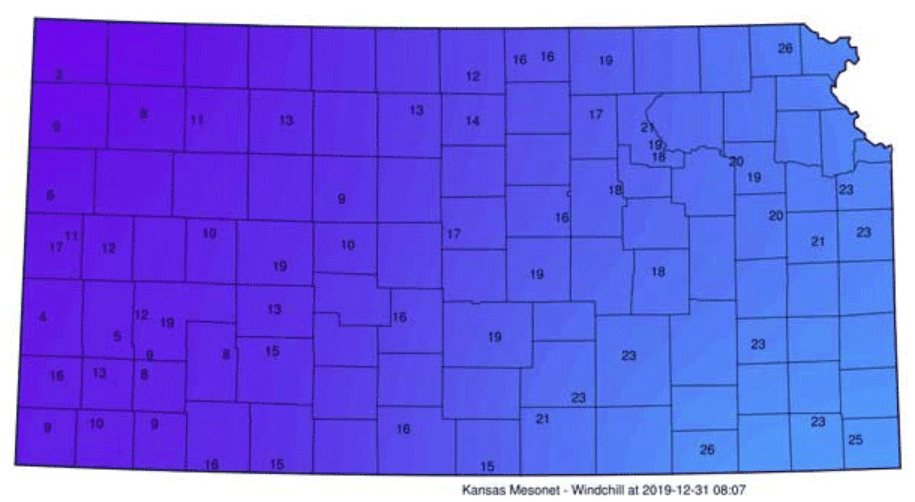Adapted from the K-State Turf and Landscape Problem Solver
Careful turfgrass selection is an important first step in establishing, overseeding, or renovating a turfgrass. Many potential problems related to turf use, appearance, environment, insect or disease pests, and cultural practices can be avoided by properly choosing species and cultivars that best fit the situation in which the turfgrass will be grown. A turfgrass, when planted in areas where it is not adapted, often deteriorates or fails. The result of planting a turfgrass where it is not adapted is a poor-quality turf that requires excessive pesticide applications, fertilization, and replanting to retain a green ground cover. A high-quality turf may not be obtainable in this situation.
Consider these criteria when selecting a turfgrass:
- Desired quality
- Appearance – turf color, texture, density, growth habit, and uniformity
- Use – turf purpose, e. g., athletic or play surface, lawn, erosion control
- Pest resistance – turf resistance or tolerance to disease or insect pests
- Culture – turf management requirements from a time and a financial view point
- Site – turf soil and sunlight requirements compared to those of the final planting site.
Turfgrasses differ with regard to these criteria. For example, some Kentucky bluegrass cultivars form a dark emerald green turf adapted to high maintenance and light shade. This can be contrasted with buffalograss, a gray-green, low-maintenance turfgrass that performs poorly in light shade. Other differences among species and cultivars also exist regarding wear tolerance, environmental adaptation, pest resistance, and cultural requirements. Careful selection at planting time is the best way to solve potential problems in the future.
Generally, the cost of planting turfgrasses, whether from seed, sod, plugs, sprigs, or stolons, should be of minimal concern. In most normal plantings, the cost difference between poor-quality and high-quality seed or vegetative propagules is small, and the time and money spent trying to produce high-quality turf from low-quality seed or vegetative material can often become great. The long-term benefit of planting high-quality turfgrasses in appropriate conditions is a healthy, cost-effective, quality turf.
- Turfgrass Categories Based on Function, Maintenance, and Quality
- Cool Season and Warm Season Species
- Cultivars and Varieties, and Blends and Mixes
- Turfgrass Species for the Midwest
- Other Species Occasionally Used in the Midwest
The effort and time expended selecting the right grass species, mixes, and/or blends will be well spent. Consider the site, use, desired appearance, and management the turf will receive when selecting the species combination. Then select cultivars that best fulfill the desired outcome. Often, there may be more than one “good fit” between turf species, mixes, and/or blends for the specific situation. In such cases, cost and availability may become important factors in the final decision. Plant only high-quality propagules (e. g., seed, sod, plugs). When these steps are followed and the actual turf is planted, many potential problems will be reduced, or in the best of situations, eliminated.











